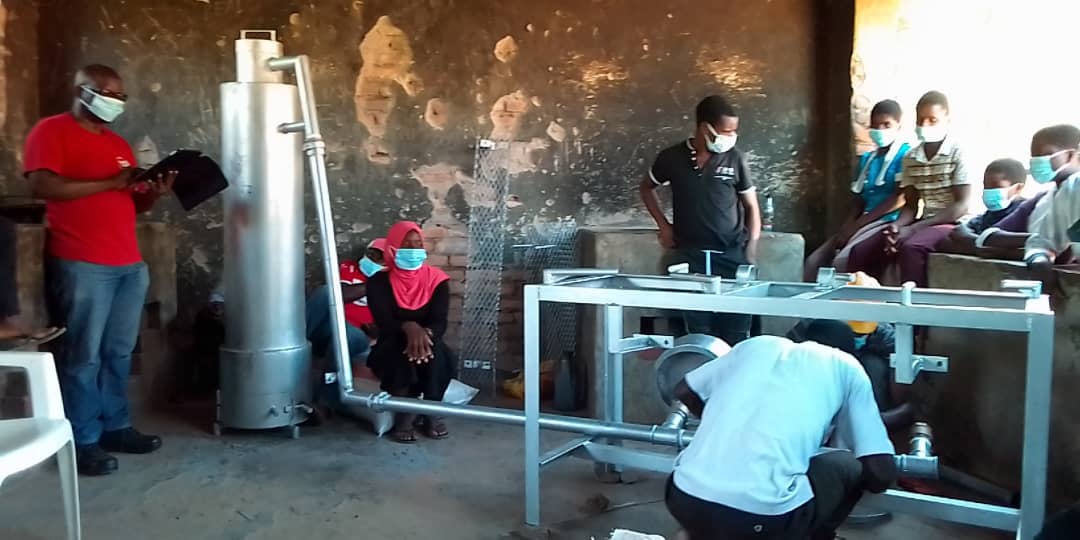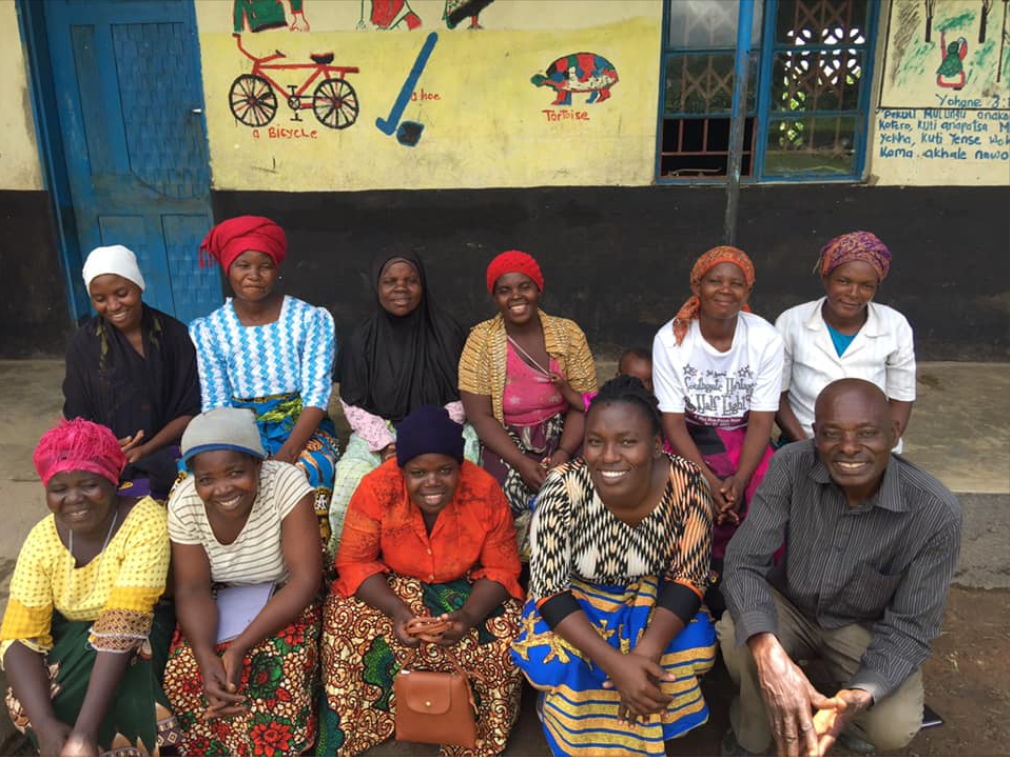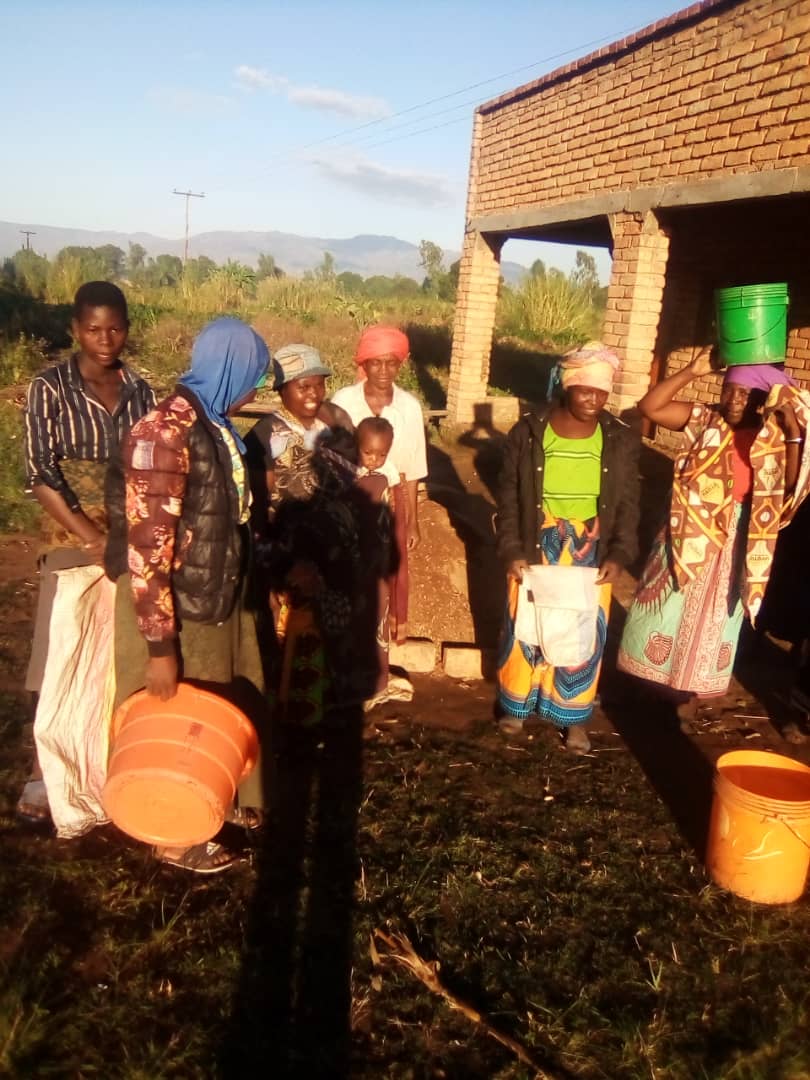How it began
|
Ruth Mumba the director of abundance Worldwide noted the need to support the community to solve their recurrent problems in a sustainable way. Therefore, Ruth Mumba through her affiliation with Young African Leaders Initiative as Mandela Washington Fellow assisted the community to identify income generating projects that would be instrumental in financing the household needs through grant funded projects.
The concept of the mill project was conceived on 16th November 2019 when the established field partner, Miss Ruth Mumba and a colleague travelled to Mbando village to have a meeting with some community members. Miss Gladys Kamwana the appointed local leader, and the community coordinator assisted to convene the meeting. An idea was hatched after some brainstorming for a development project that would be beneficial to the whole community, the maize and/or rice mill project was considered the most beneficial and synergetic. The mill project would be ideal to generate income for the community members. The income generated will help its members pay school fees for their children, contribute to the repairs of the bicycle ambulance as well as to the maintenance of the e-learning center. The mill project will also generate maize and rice husks which will be sold to the members of the community so they can implement the novel gas cooker being developed in the village under Abundance Worldwide with a grant from the Scottish Government. |
Maize and/or Rice Mill Cooperative
|
The maize and/or rice mill will be run as a business by fifteen community members that have formed Talandira Cooperative. All members of the Mbando village community are free to join this cooperative. To do so, they must contribute an agreed upon sum each as their capital contribution into the cooperative. This may be in cash for which would be paid direct to the cooperative.
Each community member bringing his/her maize or rice for processing will pay a fee in cash or kind or the produce to be processed. For those members of the Mbando Community that want to join the cooperative by paying fees in the form of their produce, this is also permitted. Funds paid or realized as membership contribution will be accumulated in a fund that is available to contribute to the funding of the mill working capital requirements first. Any surplus funds accumulated will be lent out to other members to be repaid over time in cash. The value of the fund will be reconciled and accessed for share allotment at the end of every six months. By establishing this fund, the mill project is expected to empower members of the Talandira Cooperative to venture into various businesses by being able to obtain lumpsum funding at once. Similarly, the fees for processing the maize or rice brought to the mill by the community members will be applied to cover mill operating costs while surplus funds will be injected into the voluntary cooperative fund. Members will decide how to share the maize or rice processing fees surplus every six months. This sharing of the fees will mostly be allotment of shares into the project. Economic StructureThe land, the building housing the mill and the mill itself were all bought using grant money from World Connect. By implementing the mill project, people of Mbando village will bring their maize and rice to the mill for processing at a fee in cash or in kind.
The fees paid in kind will be accumulated, processed, and sold to people at the mill. The initial capital contributed by the members of Talandira Cooperative, the fees collected for processing the maize and rice brought to the mill by the people of Mbando village will all provide for the working capital requirements of the mill. Any surplus working capital will be used in the contributory fund that will provide funding to the members of Talandira Cooperative that may wish to undertake other businesses. By borrowing from this voluntary fund, members of Talandira Cooperative will be able to subscribe to other membership contributions called for in the Mbando village community for accessing other amenities such as use of the bicycle ambulance, access to the e-learning center or buying the novel bioenergy gas cooker. |
Objectives
Abundance Mills will process maize and rice harvest by the Mbando village community thereby giving the people of the area benefit of value addition. The processed maize flour or polished rice will fetch much higher prices when sold unlike selling the maize and rice unprocessed.
The people of the area will now move noticeably short distances to have their maize milled or their rice processed unlike in the past. The savings to the people (walking time or transport fares) will be huge.
The people of the area will now move noticeably short distances to have their maize milled or their rice processed unlike in the past. The savings to the people (walking time or transport fares) will be huge.








